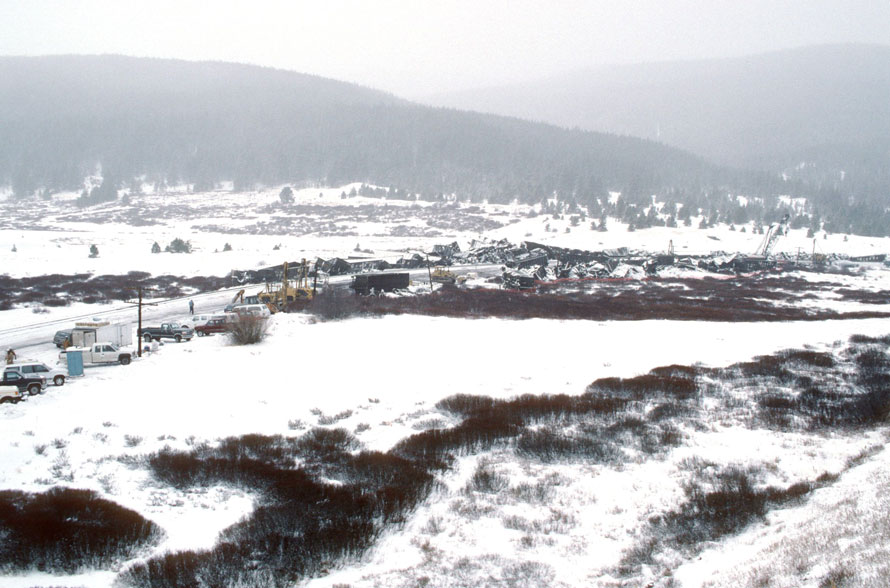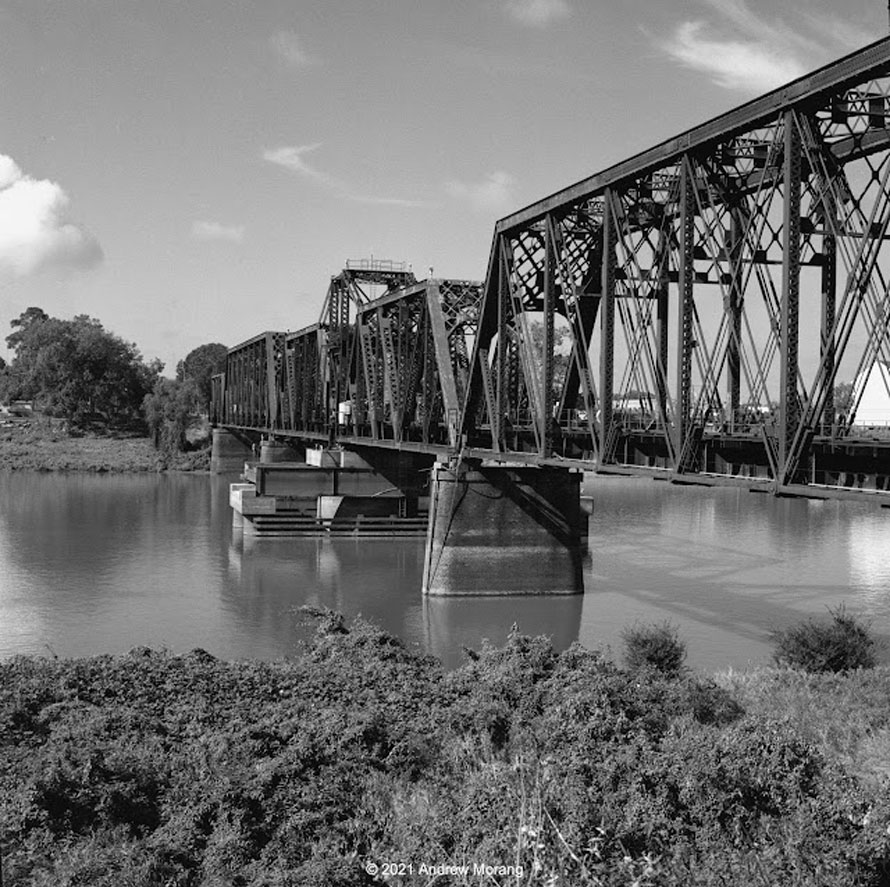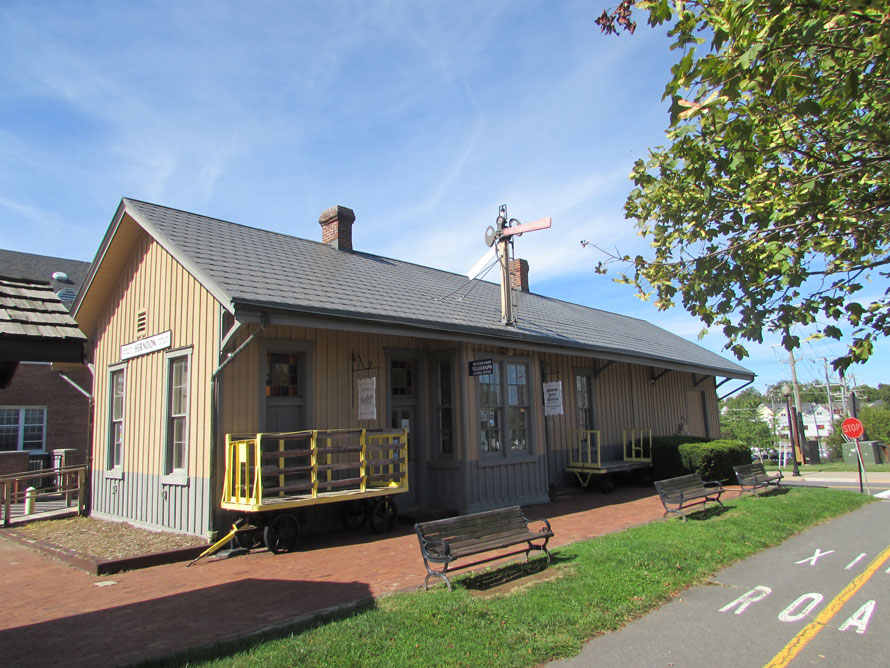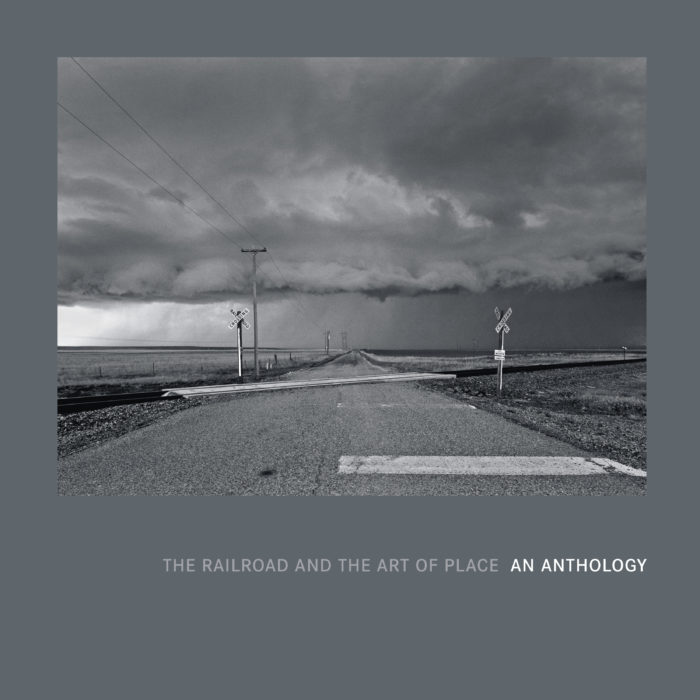
On the morning of Tuesday, November 22, 1994, a friend of mine who was the environmental manager at the Southern Pacific in Denver, Colorado, called me at my office at the Transportation Technology Center to say that there had been a derailment early that morning on Tennessee Pass. The air brakes on a train load of taconite pellets failed to function after cresting the top of the pass. Almost the entire train derailed on a 10 degree curve, he said, and that there were some injuries but fortunately no lives were lost. I wanted to see the aftermath but couldn’t get away until Sunday morning.
Read more

